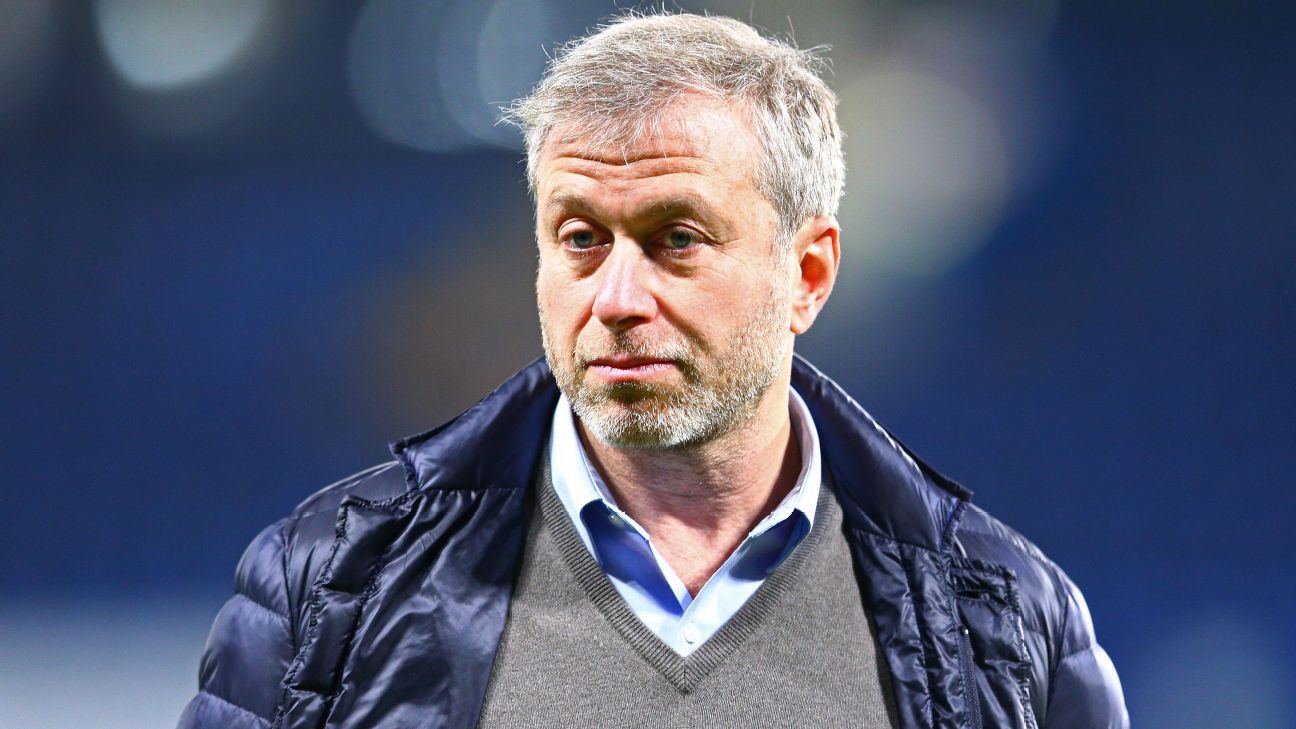
INDIANAPOLIS – The Indianapolis Motor Speedway Hall of Fame nominating committee has announced Ted Halibrand, one of motorsports most influential safety and performance innovators, and Sam Hornish Jr., the 2006 Indianapolis 500 winner and three-time NTT IndyCar Series champion, have been added to the 14-person ballot for the 2021 class of the IMS Hall of Fame.
Ballots for the 2021 class have been mailed to the IMS Hall of Fame Selection Committee, which is comprised of nearly 150 distinguished media and racing officials.
The 2021 class of inductees will be determined by the Selection Committee’s vote, and new members of the Hall will be announced this spring.
The inductees will be honored and formally added to the Hall at the annual IMS Hall of Fame Induction Ceremony and Special Recognition Dinner presented by Firestone on May 27. Due to cancellation of the ceremony in 2020, the 2020 inductees – Janet Guthrie and Dale Earnhardt – also will be honored at the 2021 event.
Halibrand was a prolific producer of racing equipment and a key advocate for motorsports safety. Born in 1916 in Paterson, N.J., Halibrand became enamored with the local racing scene during the Great Depression, then moved to Southern California just before World War II for an engineering job with Douglas Aircraft and worked on midget cars at local dirt racetracks in his spare time.
By working on airplanes during the war, Halibrand learned about the weight-saving benefits of magnesium. He used the metal to cast racing wheels, and in 1947 formed the Halibrand Engineering Company. The term “mag wheels” quickly became synonymous with high performance in the racing and muscle car communities.
Lee Wallard won the 1951 Indianapolis 500 using Halibrand mags, beginning a 14-year streak in which every winning car used Halibrand-produced components. Bill Vukovich used Halibrand disc brakes in his 1953 Indianapolis 500 win, marking the first major race victory worldwide for a car using disc brakes.
Halibrand’s list of notable customers grew exponentially in the 1960s, including the likes of Carroll Shelby, Mickey Thompson and the Ford Motor Company’s Le Mans GT40 program.
As the rear-engine revolution took hold in United States Auto Club Championship racing, Halibrand produced a chassis in 1964, the Shrike, that was built almost entirely out of magnesium. Lloyd Ruby won the 1964 Phoenix 200 with a Shrike, marking the first victory for an American-built rear-engine car in USAC competition.
Halibrand served on USAC’s safety committee from its creation in 1956, was named chairman in 1968 and maintained that vital role until his death from a heart attack in June 1991. He is widely recognized as one of the key figures in the evolution of racing safety, from the mid-century era of frequent driver fatalities or serious injuries to a safer sport at the end of his life.
Hornish, a native of Defiance, Ohio, was one of the dominant drivers in the NTT IndyCar Series during the early 2000s, having worked his way up the open-wheel racing ladder of karts, U.S. F2000 and Toyota Atlantic competition.
He debuted in IndyCar with the small PDM Racing team in 2000 and quickly impressed the paddock with two top-10 finishes in eight races.
Hornish joined Panther Racing for the 2001 season, a combination that secured back-to-back IndyCar Series championships in 2001-2002, earning a total of eight wins and 20 podium finishes over the two seasons. Hornish’s talent was further displayed in winning several of the closest races in IndyCar history, including the series’ closest finish ever in 2002 at Chicagoland Speedway: a margin of victory of .0024 of a second, or roughly 3 inches, over Al Unser Jr.
Hornish moved to Team Penske in 2004, saying he felt the team gave him the best opportunity to win the Indianapolis 500. He achieved that goal with Penske in 2006 in one of the most dramatic finishes in the Indianapolis 500 history, becoming the first driver to win the Indianapolis 500 with a last-lap pass.
After winning the pole for the 2006 race and dominating the speed charts during practice, Hornish’s opportunity for victory appeared to be dashed when he was assessed a drive-through penalty after a pit infraction on lap 150. To make matters worse, Hornish didn’t serve the penalty until lap 163 of the 200-lap race due to an extended caution period.
After a daring but unsuccessful passing attempt for the lead on lap 198, Hornish was a full second behind the leader, rookie Marco Andretti, with one lap to go. But Hornish rallied and passed Andretti 500 feet from the finish line, winning by .0635 of a second.
Hornish won his third IndyCar championship in 2006 and moved to NASCAR after the 2007 season, finishing his IndyCar career with 19 victories in 116 starts. His career-best finish in NASCAR Cup Series competition was fourth, and he drove in the Brickyard 400 five times.















 Phone: (800) 737. 6040
Phone: (800) 737. 6040 Fax: (800) 825 5558
Fax: (800) 825 5558 Website:
Website:  Email:
Email: 






